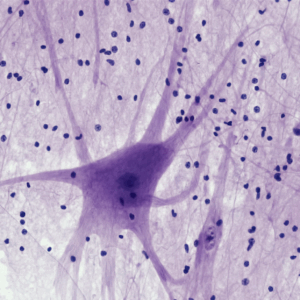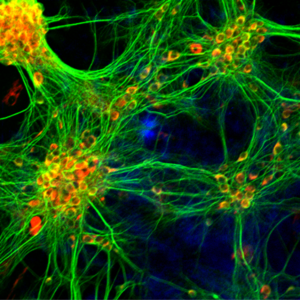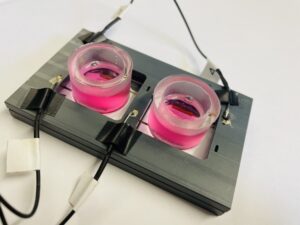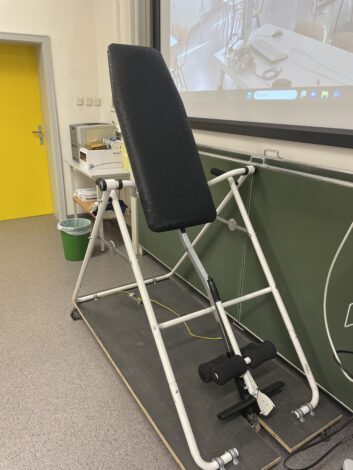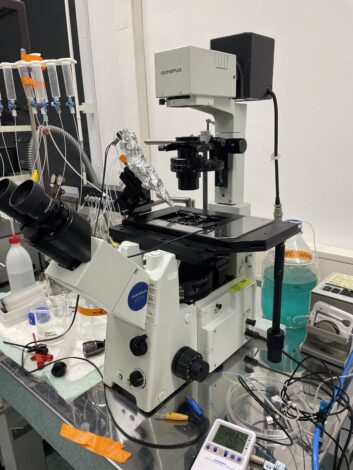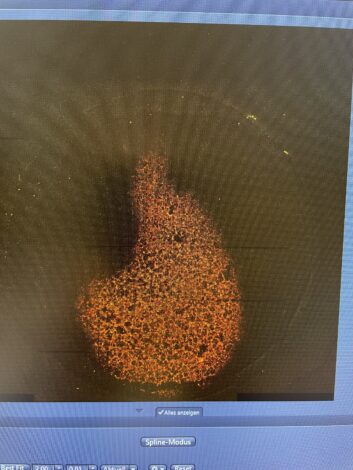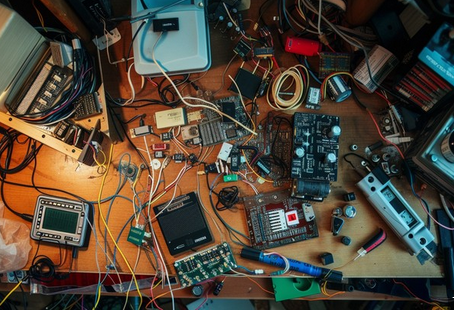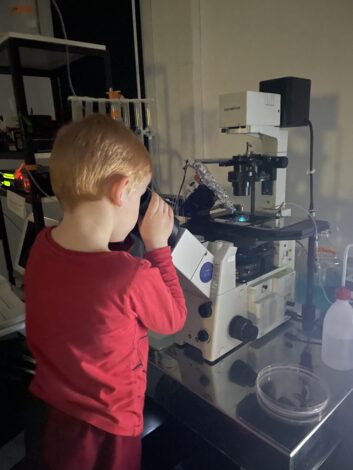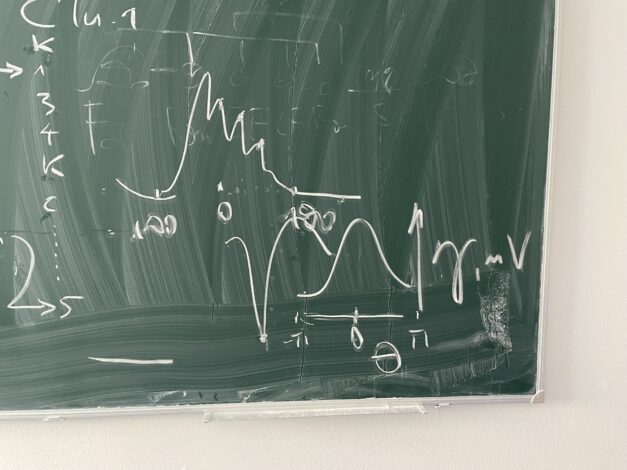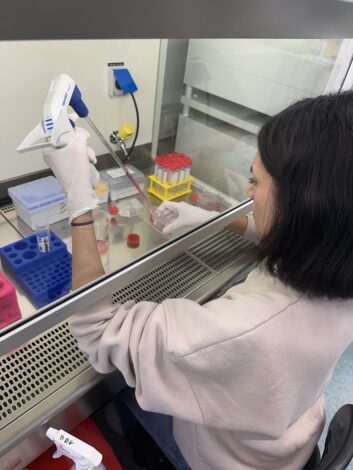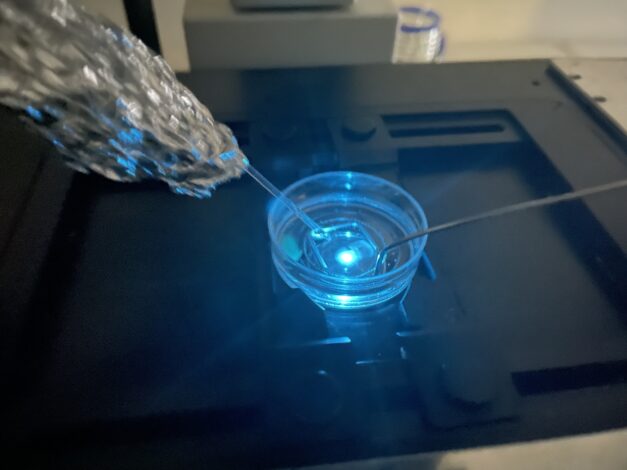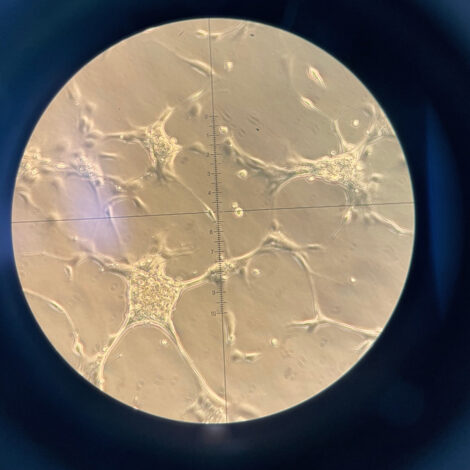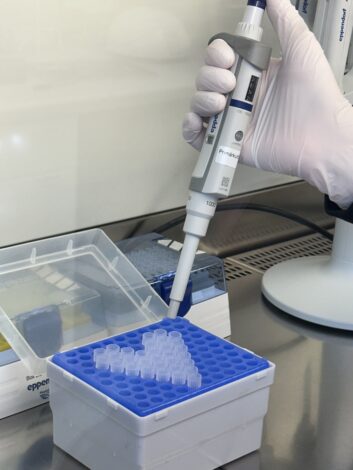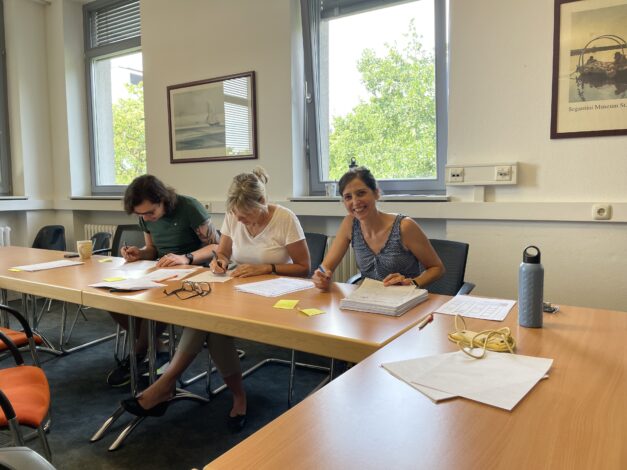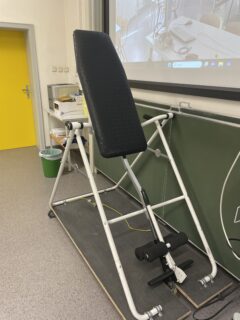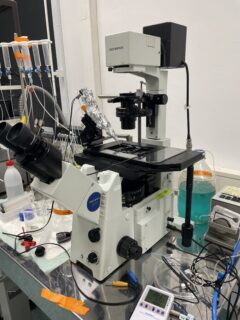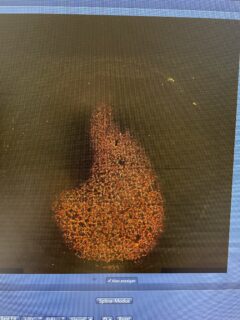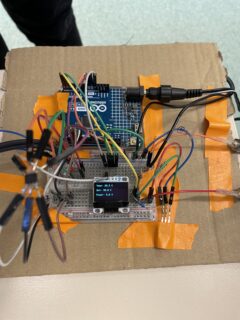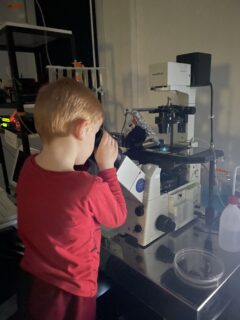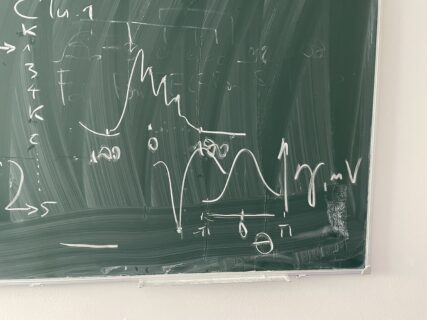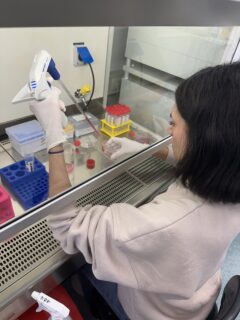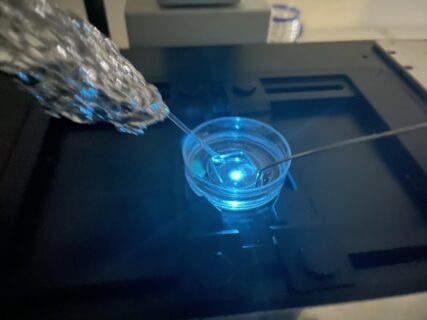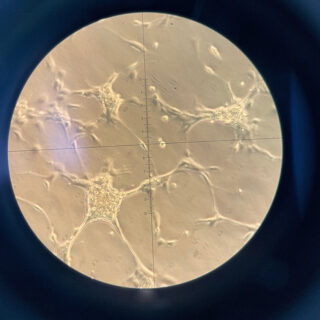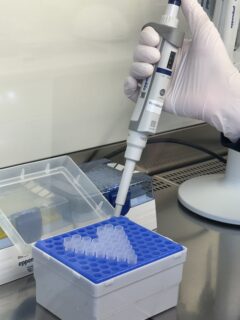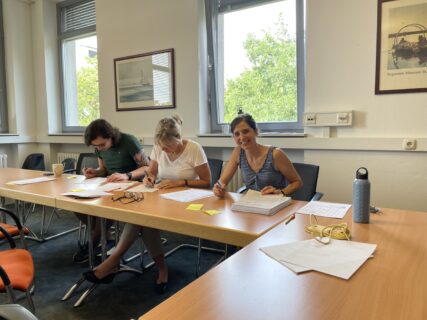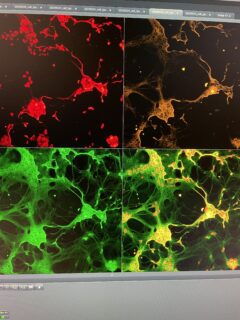AG Dahlmanns – Emergence Group
Emergence Group
We explore how networks of neurons create cognition, and the signals that disrupt it.
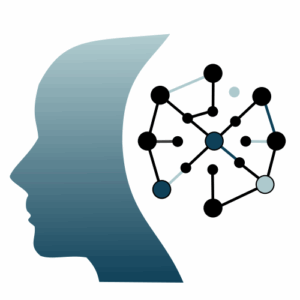
We study how neural circuits make sense of the world, not just through their individual neurons, but through the collective behavior that emerges when those neurons interact. This includes:
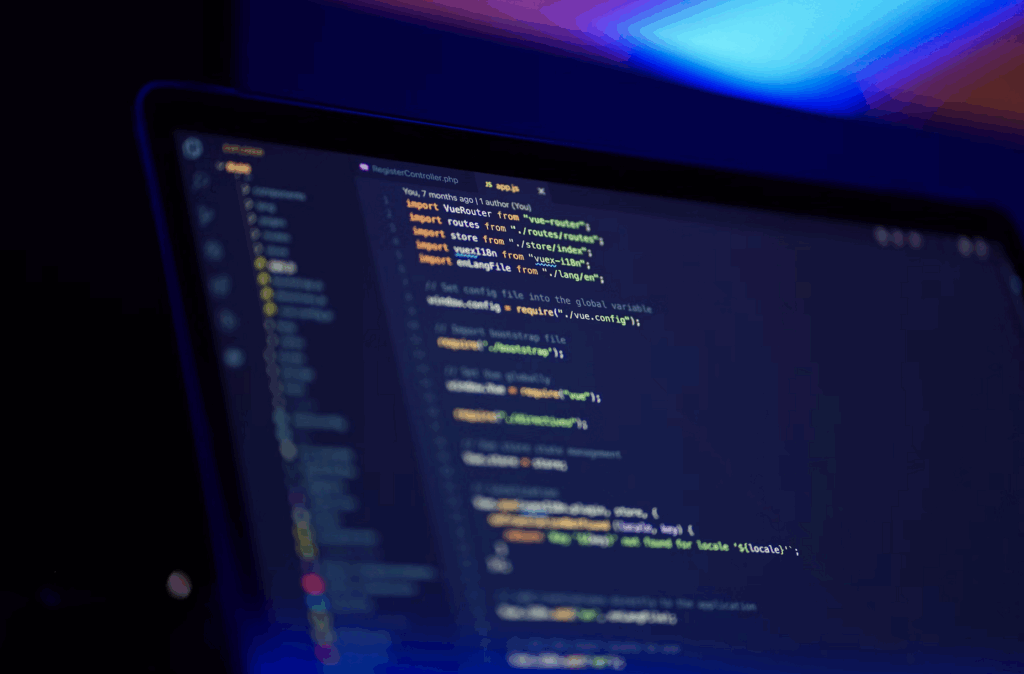
– Signal processing (input-output transformations)
– Network dynamics (plasticity, synchrony, modularity)
– Decoding principles (how networks represent meaning)
– Non-neuronal dialogue (astrocyte modulation, glioblastoma-neuron cross-talk)
We combine experimental and computational approaches:
– Live and fixed-cell imaging, including calcium dynamics, vesicle release, axonal transport, and immunostaining
– Primary cultures of mouse neurons and astrocytes, and human stem cell lines
– Molecular assays: qPCR, ELISA, Western blot, MTT, LDH
– Pharmacological modulation and gene-editing tools
– Custom video and image analysis pipelines
– Network reconstruction using graph theory and machine learning
– Neural decoding of in vivo recordings
– Behavioral tracking and analysis
– Initial steps into neuronal network simulations
Through collaboration, we integrate:
– Electrophysiology
– Single-cell transcriptomics
– Patient-derived glioblastoma models
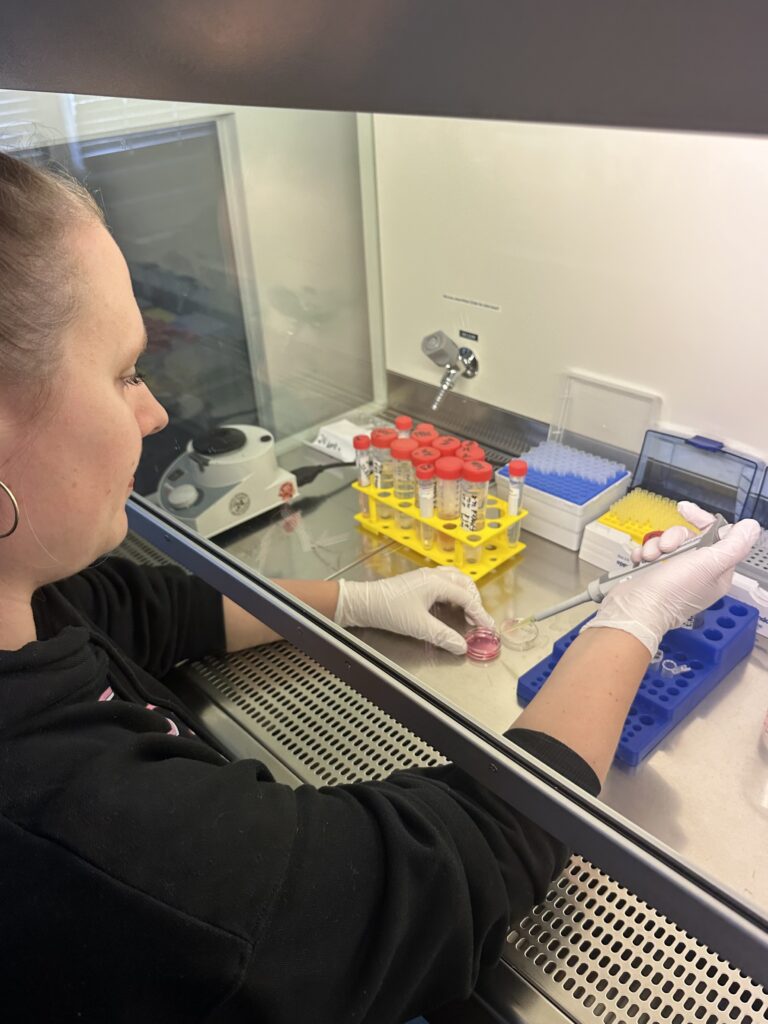

Dr. Jana DahlmannsJunior Group LeaderJana is a rigorous truth-seeker with a passion for creativity, raising two small humans, and studying emergence in all its forms. |
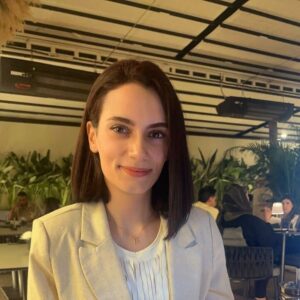
Nikhnaz GhaemiM.Sc. StudentNiki is drawn to the complexity of living cells and loves to get her hands on a pipette. Brings focus, curiosity, and a love of music to every experiment. |

Mia HavelB.Sc. Student
|

Mattis JanzenStudent Research AssistantA new member of the team, curious about how lab work connects to helping people. Brings fresh energy and a kind presence |
|
Retrograde Signaling at Neuron–Glioblastoma ContactsHow do glioblastoma cells influence surrounding neuronal networks?We investigate how signals from glioblastoma stem cells affect neuronal activity and network structure, focusing on retrograde communication pathways that may drive dysfunction in the surrounding brain tissue. |
Network Rewiring After Ketamine ExposureHow does ketamine facilitate antidepressant action on a micro-circuit level?Using calcium imaging and graph-based analysis, we study how hippocampal networks reorganize following pharmacological perturbation with ketamine, uncovering principles of resilience and recovery in functional connectivity. |
|
We also contribute to cross-lab collaborations on behavior-linked network analysis and early-stage investigations of metabolic signaling and mitochondria exchange between neurons and glia.
Selected Publications
Network Dynamics & Connectivity
- Wrosch et al., 2017 – Rewiring of neuronal networks during synaptic silencing
→ Quantitative analysis of effective connectivity changes during pharmacologically induced activity suppression in dissociated hippocampal cultures
DOI: 10.1038/s41598-017-11729-5 - Trepl et al., 2022 – Common network effect-patterns after monoamine reuptake inhibition in dissociated hippocampus cultures
→ Graph-theoretic characterization of antidepressant-induced alterations in network modularity, efficiency, and connectivity degree
DOI: 10.1007/s00702-022-02477-6
Modulatory Signaling & Plasticity
- Dahlmanns et al., 2023 – Environmental enrichment recruits activin A to recalibrate neural activity in mouse hippocampus
→ Multi-scale analysis of Activin A signaling effects on excitability, long-term potentiation, and network synchronization in slices and cultures
DOI: 10.1093/cercor/bhac092 - Dahlmanns et al., 2023 – Glial glutamate transporter-mediated plasticity: system xc-/xCT/SLC7A11 and EAAT1/2 in brain diseases
→ Mechanistic review of glutamate transporter systems in neuroplasticity, excitotoxicity, and adaptive compensation in CNS disorders
DOI: 10.31083/j.fbl2803057
Cell Death & Tumor Biology
- Dahlmanns et al., 2021 – Genetic profiles of ferroptosis in malignant brain tumors and off-target effects of ferroptosis induction
→ Comparative analysis of ferroptosis-relevant gene networks in gliomas with discussion of neurotoxicity risks in therapeutic targeting
DOI: 10.3389/fonc.2021.783067
Bridging Scales and DisciplinesWe integrate perspectives from biology, medicine, physics, and data science to understand how cognition emerges—across molecular, cellular, and network levels. |
Science CommunicationWe believe science should be clear and engaging. Jana’s lectures consistently rank among the highest at the faculty, and she brings that same energy to talks at conferences and public forums. |
Applied CuriosityBeyond the lab, we experiment with ideas—game design, IoT projects, creative code. Curiosity is our common language. |
Extraordinary Minds WelcomeWe make space for everyone – including sharp, divergent, and nonlinear thinkers, for people whose potential might not fit a checklist, but shines in the right environment. |
We collaborate with academic labs, clinicians, data scientists, and engineers.
We’re always open to connect and collaborate and to host students at the lab.
We currently have an open position for a thesis project on Retrograde signaling between Neurons and Glioblastoma in summer 2026.
